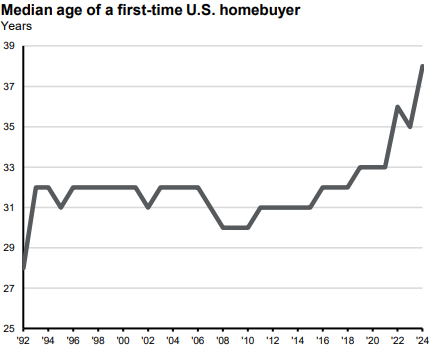Before I start this week’s post, as of this writing there are more than 100 confirmed fatalities from flooding on the Guadalupe River in Texas over the holiday weekend. Dozens are still missing. The news reports and images are horrific, although stories of selfless acts and heroism are bright spots amid tragedy. Our hearts and prayers go out to the families who lost loved ones during this event.
Okay, on to this week’s post. The “One Big Beautiful Bill” is now law. It was a huge bill though much of its content is beyond the scope of these posts. However, there were lots of updates on the personal tax side so let’s stick to that portion.
Much of this goes back to the Tax Cuts and Jobs Act signed into law by President Trump in 2017. Major provisions contained in that law were set to expire at the end of this year and were extended with the new law, so getting some clarity here was important for taxpayers.
Here are several points of interest.
The limit on the state and local tax deduction, known as the SALT cap, will now be $40,000 versus $10,000. The higher cap starts phasing out for joint filers who have incomes over $500,000 or $250,000 for those filing solo. The higher cap increases slightly each year through 2029 before reverting to $10,000 for everyone in 2030 unless/until Congress changes the law.
The deduction for mortgage interest will be permanently capped at interest on $750,000 ($375,000 for solo filers) of home mortgage acquisition debt.
The higher standard deduction of $15,750 for solo filers and $31,500 for joint filers is made permanent and will be indexed for inflation starting this year.
The doubling of the child tax credit in 2017 was made permanent and raised to $2,200 per child starting this year.
The seven tax brackets will remain, with the bottom bracket at 10% and the top at 37%. The law adds an extra year of inflation adjustment to the lower three brackets, expanding the income included in each.
Tips and overtime wages won’t be taxable up to $25,000 per year, while solo filers will have a $12,500 cap on the overtime portion. Both provisions start phasing out as solo filers make more than $150,000 or $300,000 for joint filers. This is a temporary provision lasting just four years.
Folks who are 65 or older will get an extra $6,000 tax deduction beyond the current senior deduction. The deduction starts phasing out at $75,000 of income for solo filers and $150,000 for joint filers. This is also a temporary provision lasting just four years.
Interest on a new car loan can be deductible if the vehicle’s “final assembly” was in the US and you earn less than $100,00 and file solo or $200,000 when filing jointly. This is another temporary provision lasting just four years.
New “Trump Accounts” can be opened for children. Up to $5,000 can be contributed per year by family, friends, or “taxable entities”, such as employers or even governments. There’s no tax deduction when contributing but there are no income limitations. My understanding is that there can be no distributions before age 18, then half the money could come out for certain specified reasons, then the other half at age 25 for the same reasons, or the full balance could be withdrawn at age 30. Taxation and other details are a bit sketchy but it’s an interesting development in any case. More to come on this in the weeks ahead.
The usage of HSA and 529 plan money has been expanded. 529 plans, for example, could now be used to fund “recognized postsecondary credential programs”, although it’s not immediately clear what programs that would apply to. 529 money can also be used for tutoring, testing fees, and educational therapies for disabled students. But this is good news if you have either type of account. More to come on this as well.
The estate tax limit will now be $30mil if filing jointly, will be permanent, and will be indexed for inflation.
There’s also a new above-the-line charitable deduction of $1,000 for solo filers and $2,000 for joint filers.
Ultimately, this new law provides certainty for some while adding layers of complexity for others. Different deductions and phaseouts can make your situation complicated. You should talk with your tax preparer before year-end to clarify how these provisions might impact you and to see if there’s anything you could/should be doing now.
Additionally, the various provisions are updated in my planning software so we could use your 2024 return to run forecasts based on these changes. Either way and as always, try to leverage the rules of the game as much as possible.
Have questions? Ask us. We can help.
- Created on .




